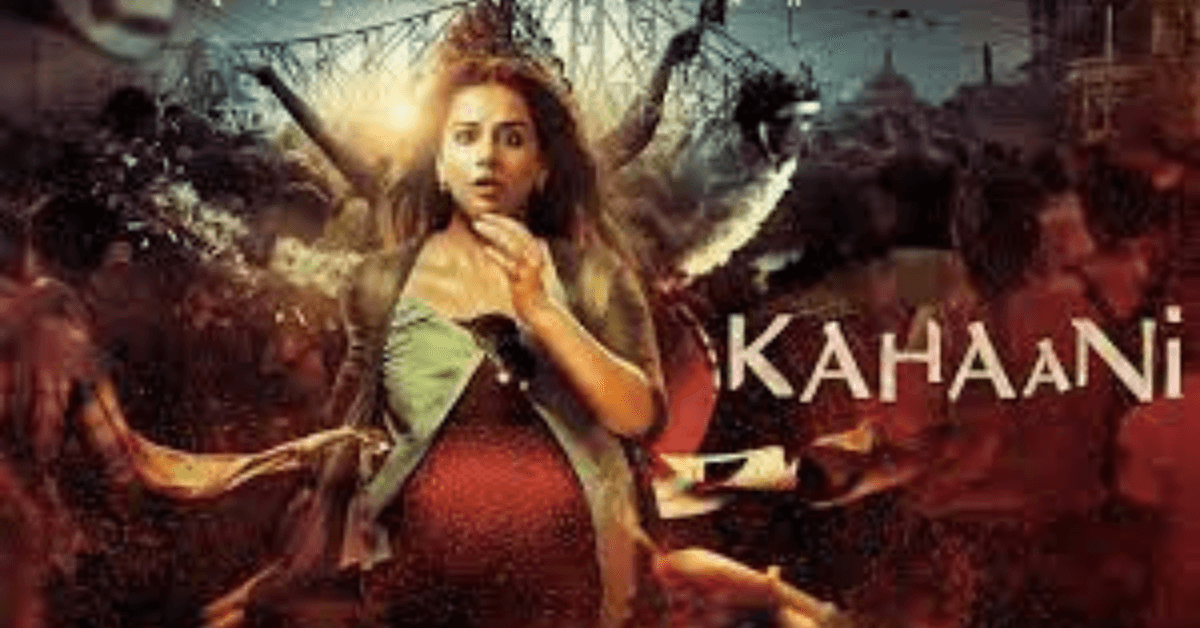The West Bengal Cinema, often known as Toollywood, is an Indian Bengali language film industry located in the Tollygunge district of Kolkata, West Bengal, India. Tollywood, a combination of Tollygunge and Hollywood, has been a nickname for Tollygunge since 1932. It was a historically significant film industry that served as the hub of Indian film production at one point.
The Bengali film industry is noted for creating some of Indian cinema’s most highly regarded global Parallel Cinema and art films, with several of its creators receiving national and international recognition.
For the next several decades, Bengali films routinely appeared in international fora and film festivals, ever since Satyajit Ray’s Pather Panchali (1955) won Best Human Document at the 1956 Cannes Film Festival. Bengali filmmakers were able to reach a global audience as a result of this. Satyajit Ray was the most influential of them all, with films that were popular in Europe, America, and Asia.

The Apu trilogy owes a huge debt to the ‘youthful coming-of-age dramas that have inundated art houses since the mid-fifties.’ Kanchenjungha (1962) was the first film to use a narrative structure that was similar to later hyperlink cinema.
Subrata Mitra, who made his film debut with Ray’s The Apu Trilogy, had a significant impact on cinematography around the world. Bounce lighting was one of his most essential approaches for recreating the impression of sunshine on stages.
While filming Aparajito (1956), the second installment of The Apu Trilogy, he pioneered the technique. While filming Pratidwandi (1972), Satyajit Ray experimented with methods like photo-negative flashbacks and X-ray digressions.




